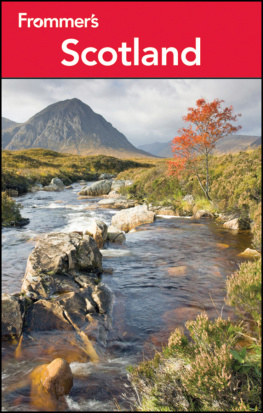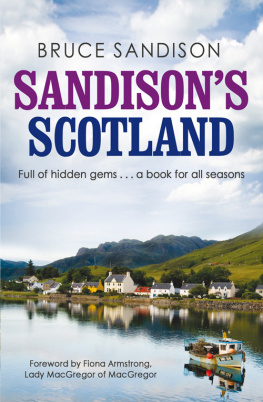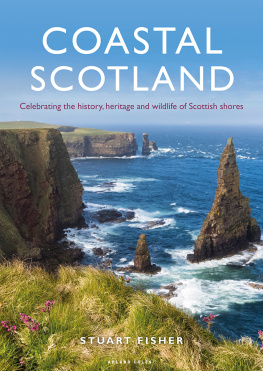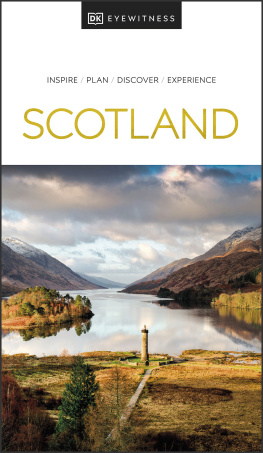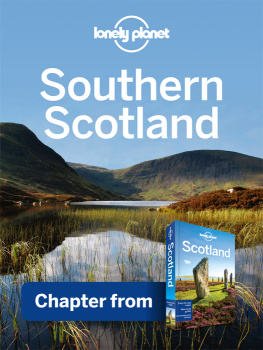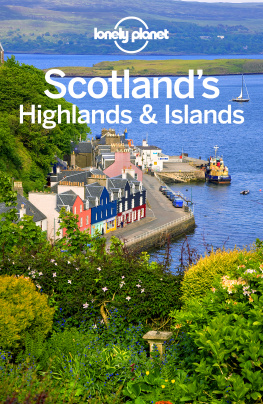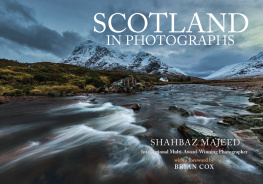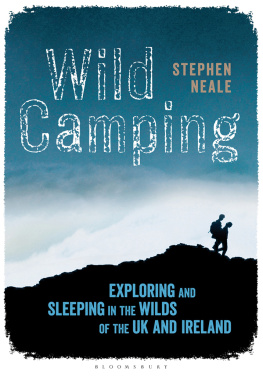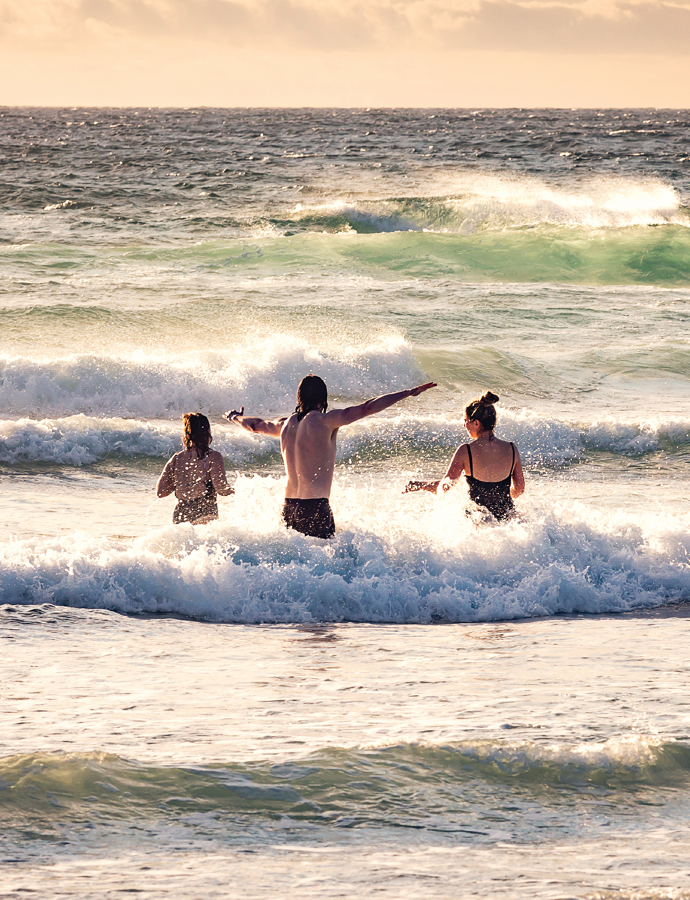
ACKNOWLEDGEMENTS
This book would not have been possible without the skill, resilience and support of Blue Scotlands photographer, Rachel Keenan. Rachel was part of every adventure in this book, skilfully balancing on her paddleboard and plunging into freezing water to take the incredible photos. Her dedication to the project was inspiring and I will be forever grateful for her friendship.
Thank you to everyone who joined us on a Blue Scotland adventure: Owen Connolly, Stevie Boyle from Ocean Vertical, Andreas Heinzl from Unexplored Scotland, the team at Jerba Campervans, Charlotte Workman and Steve Small from the Adventure Photographers, Kaitlin McKenzie, and Sennen, my adventure pup.
My final thanks go to my partner Tegan, for believing in this project, for your unconditional support, for going wild swimming when I thought it was too cold and for being a sounding board at every stage of this project.
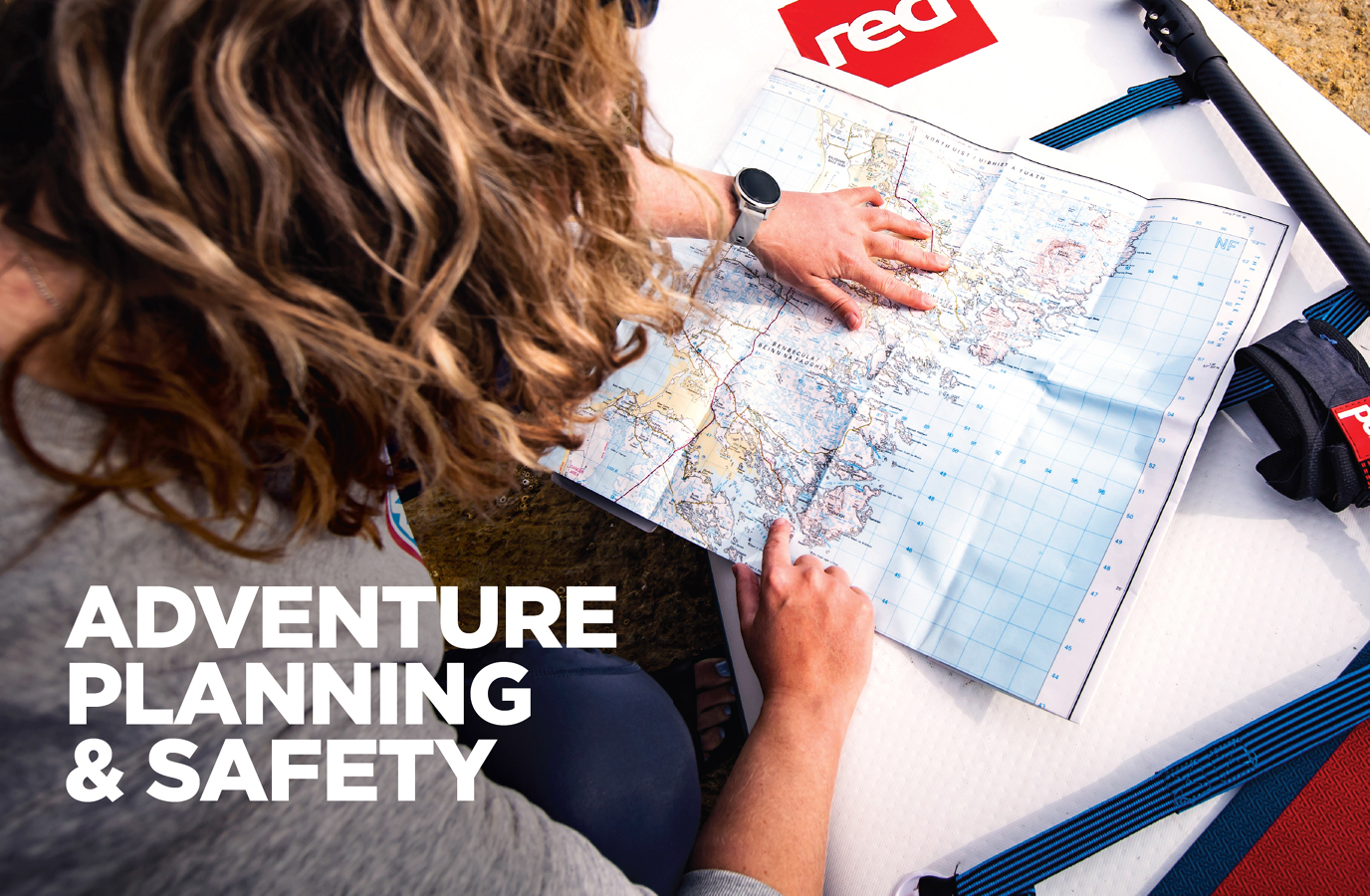
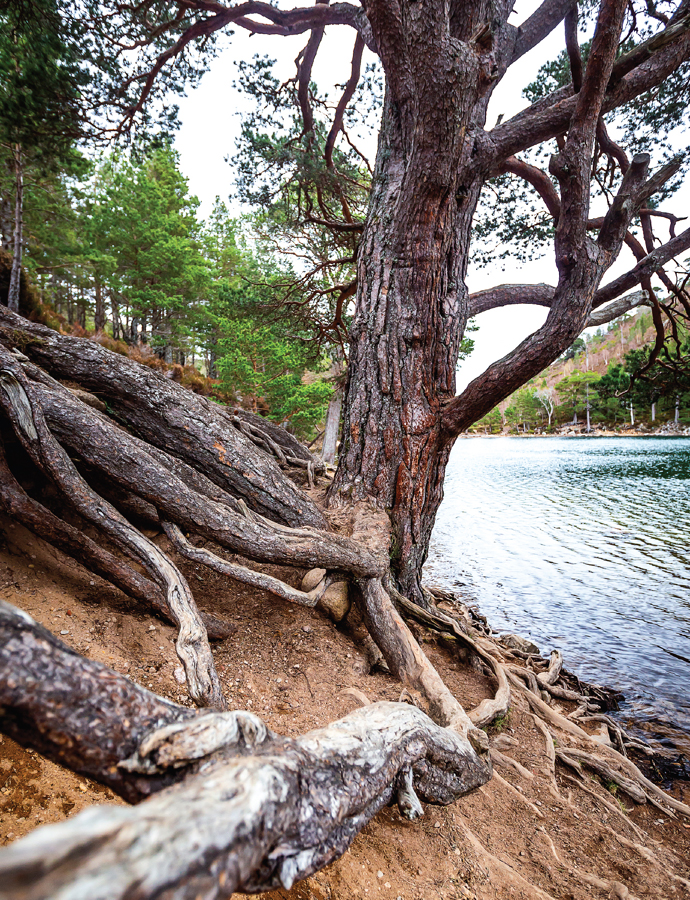
SAFETY BASICS
All the activities included in Blue Scotland paddleboarding, kayaking, surfing and wild swimming should be approached with caution, as spending time in blue spaces can come with risks. These can be reduced, and it is advised to do your own research as well as undertaking professional training in addition to what is included here in order to ensure your safety and the safety of others around you.
These are some of the fundamental principles that we employed whilst researching for this book:
Know your limits
Stay within your ability and do not feel pressured to step outside your comfort zone. As the saying goes, if in doubt, stay out, meaning if youre not sure of the conditions or your ability, then dont go in.
Safety in numbers
Always go with a friend; even better, two friends.
Always tell someone where youre going, what you will be doing and what time you anticipate being back.
Know your group
What experience do they have? Can they rescue themselves and can they rescue other people? What safety equipment are they carrying and do they know how to use it? Do they have any medical conditions you should know about?
Plan your trip and route
Check the weather, visibility, tides and swell (see p. 209). Calculate your timings based on distance and speed.
Think about potential hazards along your route and where the exit points could be in case of an emergency.
Continuously monitor the conditions and adjust your plans accordingly.
Clothing
Wear appropriate clothing for the environment you will be in. Dress for immersion and be aware of water temperature.
Wear a buoyancy aid when kayaking and paddleboarding.
Equipment
Check your equipment for damage before leaving home and repair if necessary.
Always carry a means of communication and keep it in reach and dry at all times.
Dress appropriately for the water temperature, which in Scotland stays low year round.
Skills and ability
Undertake professional training in your chosen watersport from qualified organisations and individuals.
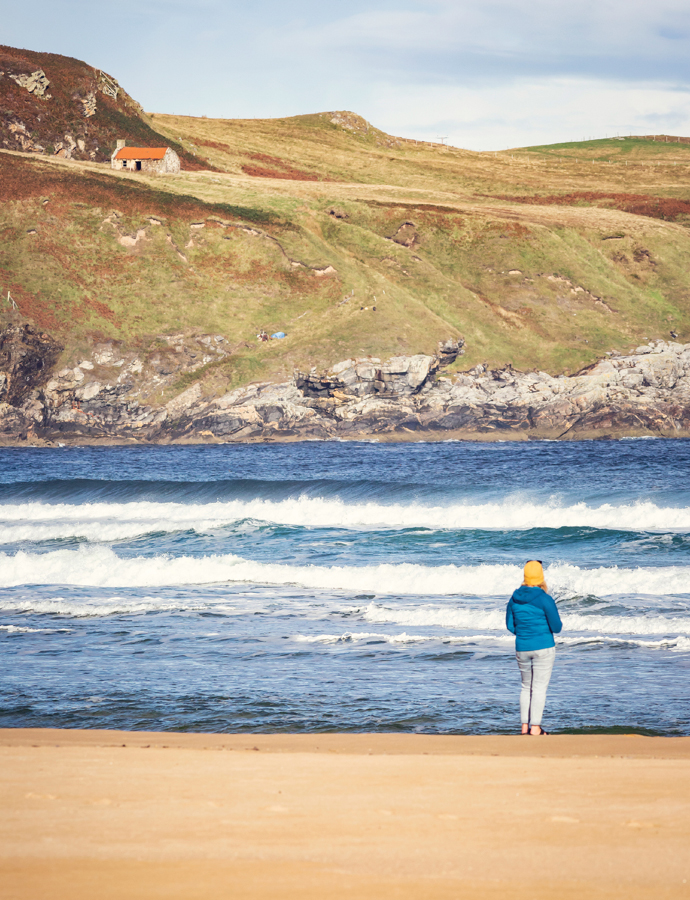
TIDES
There is nothing more natural than the reliable rise and fall of the oceans tides. As someone who uses Scotlands blue spaces, the tide is an important phenomenon to understand, to always check before entering the water and around which to curate your adventure plans. It is well worth taking a tidal planning course, which can be done in a classroom or online.
The tide is caused by the gravitational pull of the moon and, to a lesser extent, the sun. In Scotland, a low tide and a high tide will occur twice each day at all locations, with the high and low tides being approximately six hours apart. The tide times are not the same each day, neither is the actual height of high and low tide.
Spring tides & neap tides
Spring tides occur approximately every two weeks at full moon and new moon, whereas neap tides occur on the half moons, seven days after a spring tide.
Spring tides are when the tidal range between high tide and low tide are at their maximum, and neap tides are when this range is at its minimum.
The most important thing to note for blue-space users is that during a spring tide currents and tidal flow are stronger than on neap tides. This is because more water has to flow between high and low tide over the same six-hour period, making it flow faster approximately twice as fast on a spring tide as on a neap tide.
Tidal flow
The speed of tidal flow changes dramatically during the ebb and flood of a tide. It is important to understand that more water moves during the middle two hours of an incoming tide and an outgoing tide; this is when currents are at their strongest.
Do note that tidal-flow rates can be very complicated and localised, meaning it is always important to seek local knowledge.
Rip currents
In the UK, the majority of RNLI lifeguard incidents involve rip currents. A rip current is a specific type of current that occurs from a beach with breaking waves usually the larger the swell, the faster and larger the rip currents are, but do be aware that rip currents can also be experienced on smaller swell days.
A rip current is a strong current that runs straight out to sea. Water users can easily be caught in rip currents. If you get stuck in one, it is important not to swim against it; you will quickly get exhausted. Instead, swim parallel to the shore until you are out of the channel of the rip current and then head into shore.
Rip currents can sometimes be hard to spot; it is always advised to spend a few moments scanning a shoreline before entering the water. Rip currents are characterised as a channel of churning, choppy water on the seas surface, often with fewer waves breaking in this area.
Weather
Scotlands weather can change incredibly quickly on the coast and inland. What starts off as a calm, sunny day can quickly change to a windy and rainy one. It is therefore important to check the weather regularly in the run up to, and even during, an adventure.
An increase in wind can turn a safe situation into a dangerous one. Wind has the ability to very quickly blow a paddleboard out to sea or across a loch. It is very important to not go paddleboarding with a strong offshore wind.
Experiencing rain and cold is very likely while adventuring in Scotland; there is the potential for your body temperature to drop and in the worst case it becomes hypothermic. To avoid this, it is important to invest in good quality kit, know your limits and always have a back-up plan. The water temperature can be chilly in summer and incredibly cold in winter.
Sunburn and sun exhaustion do, in fact, affect water-users in Scotland, more often than you would expect! On a warm summers day it is important to respect the power of the sun, cover up and wear sun cream.
Next page

